Music service Tidal on Wednesday announced beta Mac and Windows clients, as well as discounted student tiers, while Google updated the iOS version of Drive with Material Design and other improvements.
Tidal for Mac
The Tidal desktop client is similar to the Web and mobile apps, but adds some extra features. These include gapless playback, support for media keys, and output selection — listeners can for example choose to push music to a digital audio converter, or AirPlay-compatible speakers.
Both the desktop and mobile apps have been given a new interface design. On mobile this means better search, more personalization options, and an easier to find Offline Mode button. Significantly, offline listening is not yet possible on the desktop, but Tidal is promising support "in the near future."
Tidal has meanwhile announced Ticketmaster integration for buying concert tickets, and new student tiers which cut prices in half. That makes a lower-quality subscription just $5 a month, and the full-fidelity tier $10, on par with Spotify or Beats Music. Students must however subscribe using a .edu email address.
While the desktop betas are available immediately, some changes will only roll out over coming weeks.
Google Drive for iOS
The iOS app for Google's cloud file service now employs Material Design, an aesthetic that first debuted with last year's Android Lollipop. That includes not just high-contrast color schemes but animated, tangible-feeling interface elements.
Below the surface Google has improved sync and image-browsing speeds, along with scrolling performance. To make navigation simpler, the company has added a swipe gesture for going back.
Google Drive runs on any device with iOS 7 or later. A default 15 gigabytes of storage is free, but other plans ranging from 100 gigabytes to 30 terabytes cost between $2 and $300 a month.
 Roger Fingas
Roger Fingas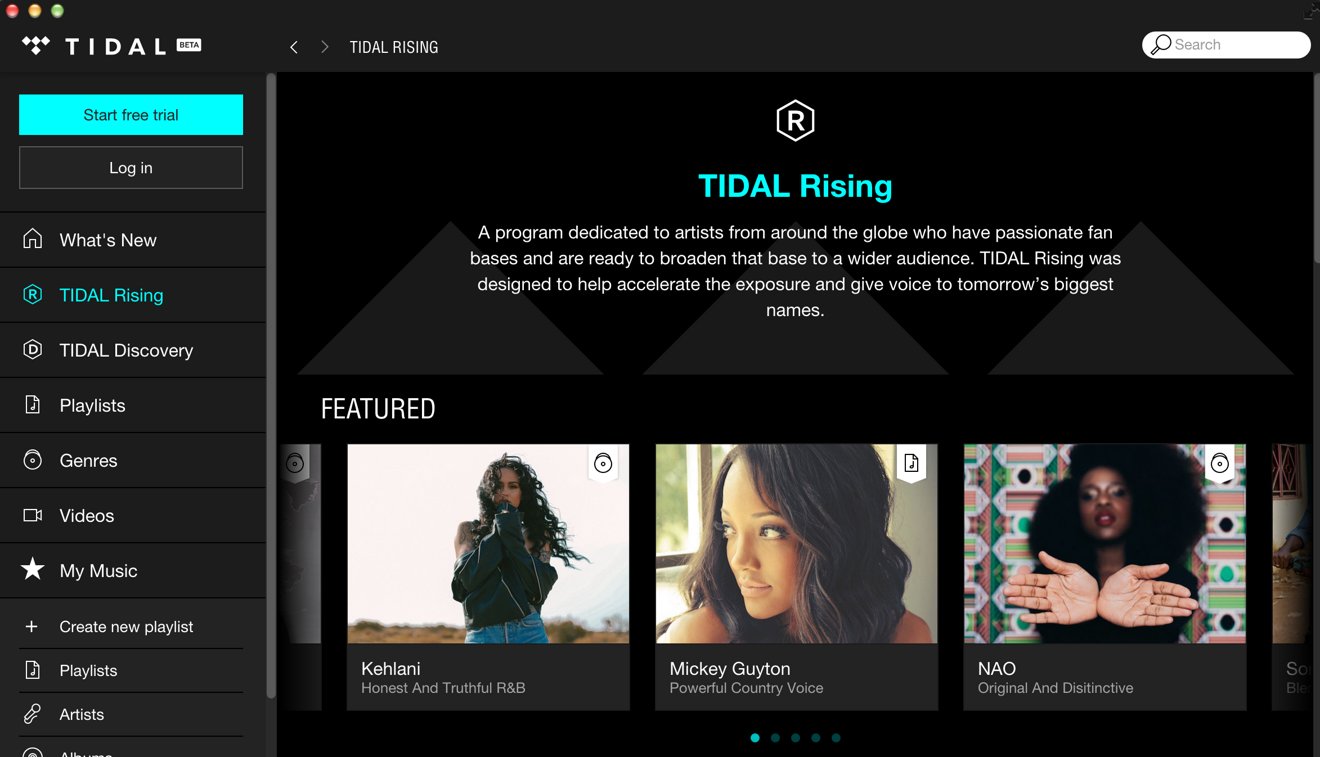
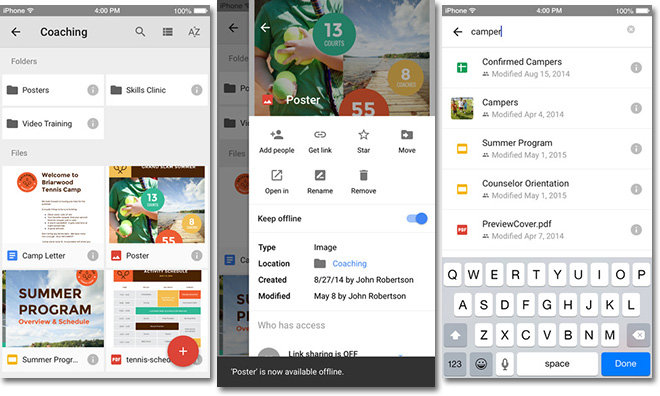
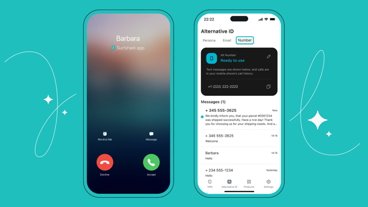

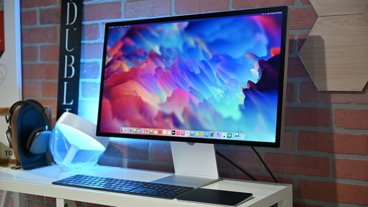
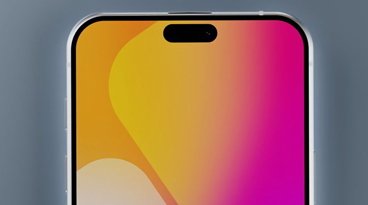
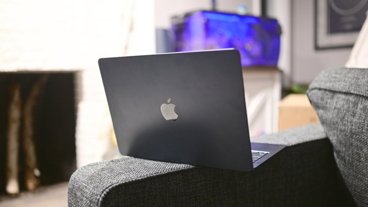
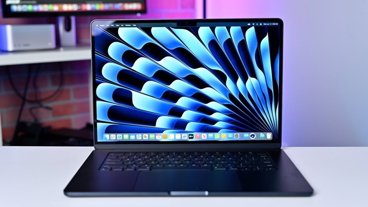
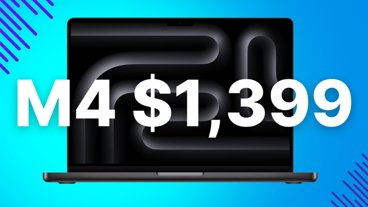

 Wesley Hilliard
Wesley Hilliard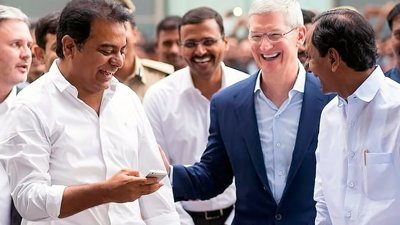
 Malcolm Owen
Malcolm Owen
 Amber Neely
Amber Neely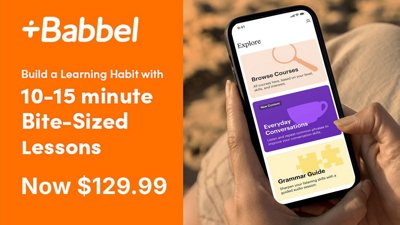
 Christine McKee
Christine McKee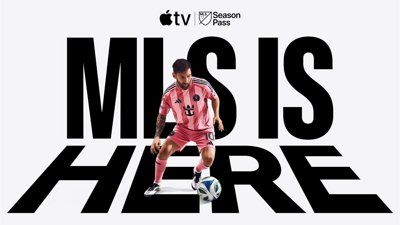
 Andrew Orr
Andrew Orr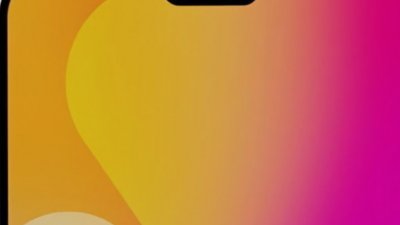
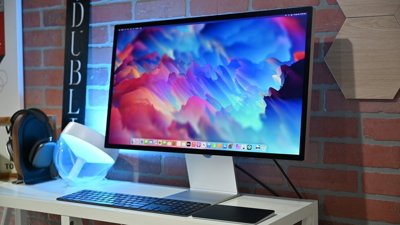
 Mike Wuerthele and Malcolm Owen
Mike Wuerthele and Malcolm Owen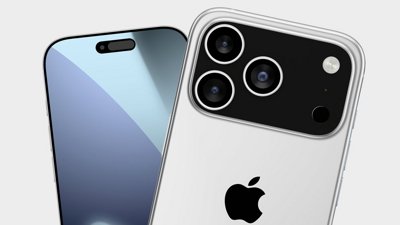
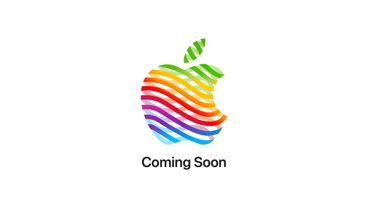
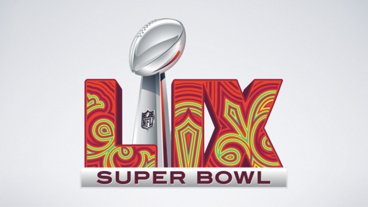


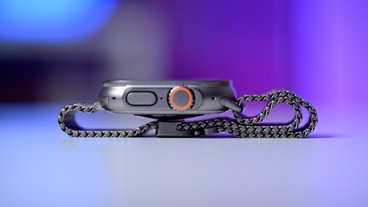
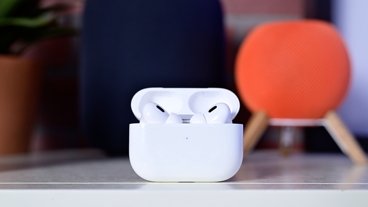

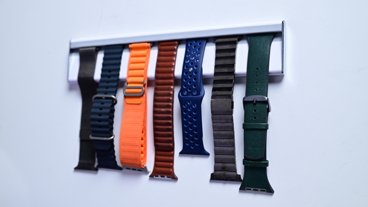
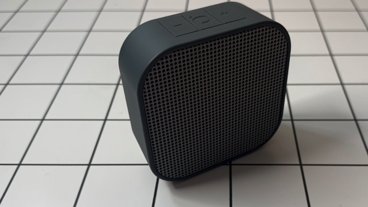

9 Comments
They should leave their so-called Material Design for their Android apps and use a more consistent iOS interface for Apple devices.
I love the Material Design. It's much consistent, more intuitive, and more obvious than the awkward iOS 7 UX where buttons are replaced with links and you cannot even "see" actions. The iOS colors are so pale, it's hard to read. I had to turn several Accessibility features on to make them usable. That's the worst UX ever created by Apple. I wish Tim Cook never allowed Jon Ivy to do the software UX - he should have just stuck with hardware UX.
I refuse to use anything with MaterialDesign. It's total crap. And if I wanted Android, I'd use Android device. Screw Google!
I love the Material Design. It's much consistent, more intuitive, and more obvious than the awkward iOS 7 UX where buttons are replaced with links and you cannot even "see" actions. The iOS colors are so pale, it's hard to read. I had to turn several Accessibility features on to make them usable.
That's the worst UX ever created by Apple. I wish Tim Cook never allowed Jon Ivy to do the software UX - he should have just stuck with hardware UX.
And yes, this "worst UX ever" is being used and loved by a massive number of people, and a record # of devices have been sold with iOS7/8. If it was THAT horrible, that would not happen. Maybe you should label your opinion and such without the narcissism to state what Jony shouldn't have been allowed to do.
I refuse to use anything with MaterialDesign. It's total crap. And if I wanted Android, I'd use Android device. Screw Google!
Exactly, If i had actually loved any part of the Material Design, I would have switched to Android. This is looking like my good old Java Apps on Windows where it look like Alien on the platform.
So I gave it a one star review.